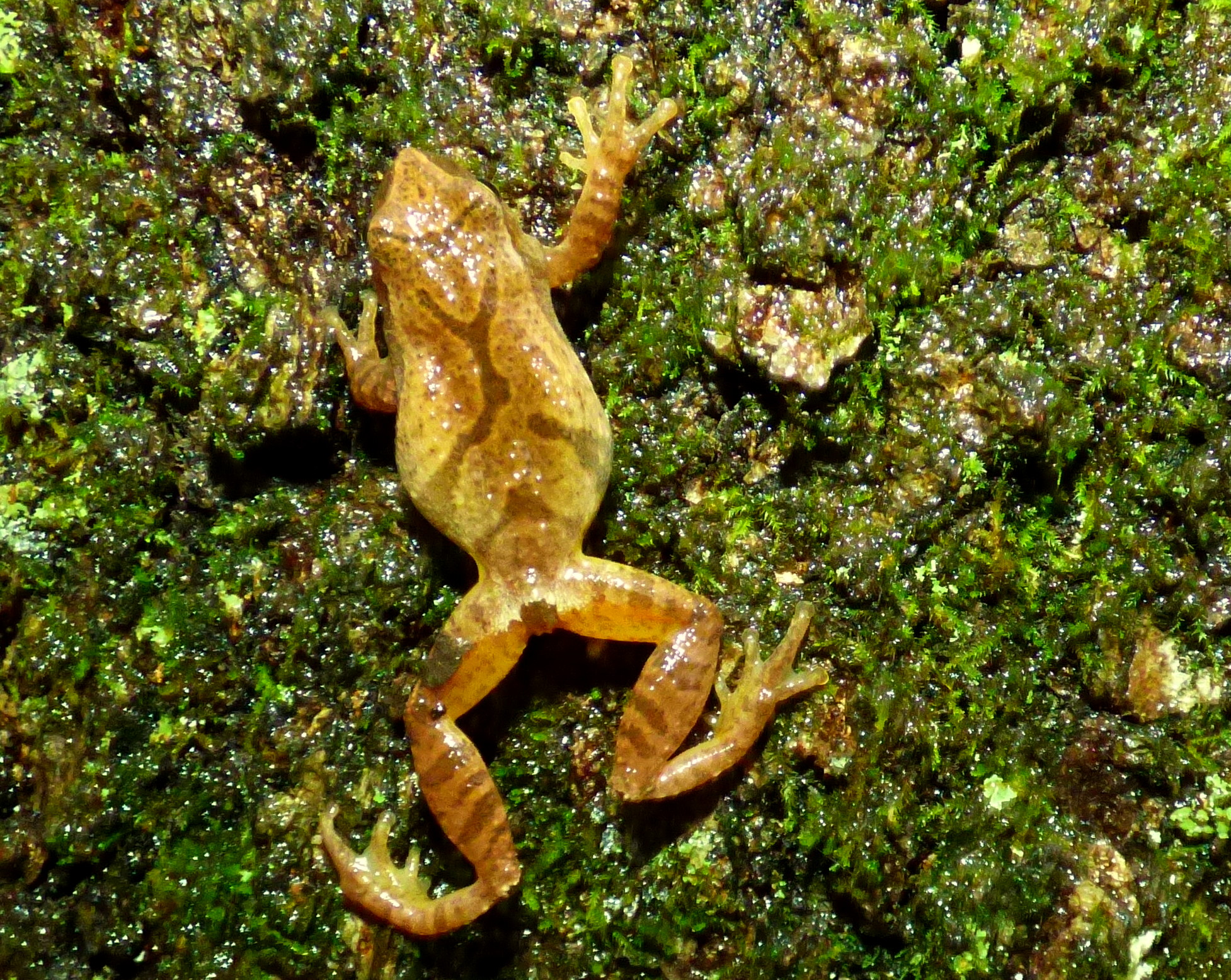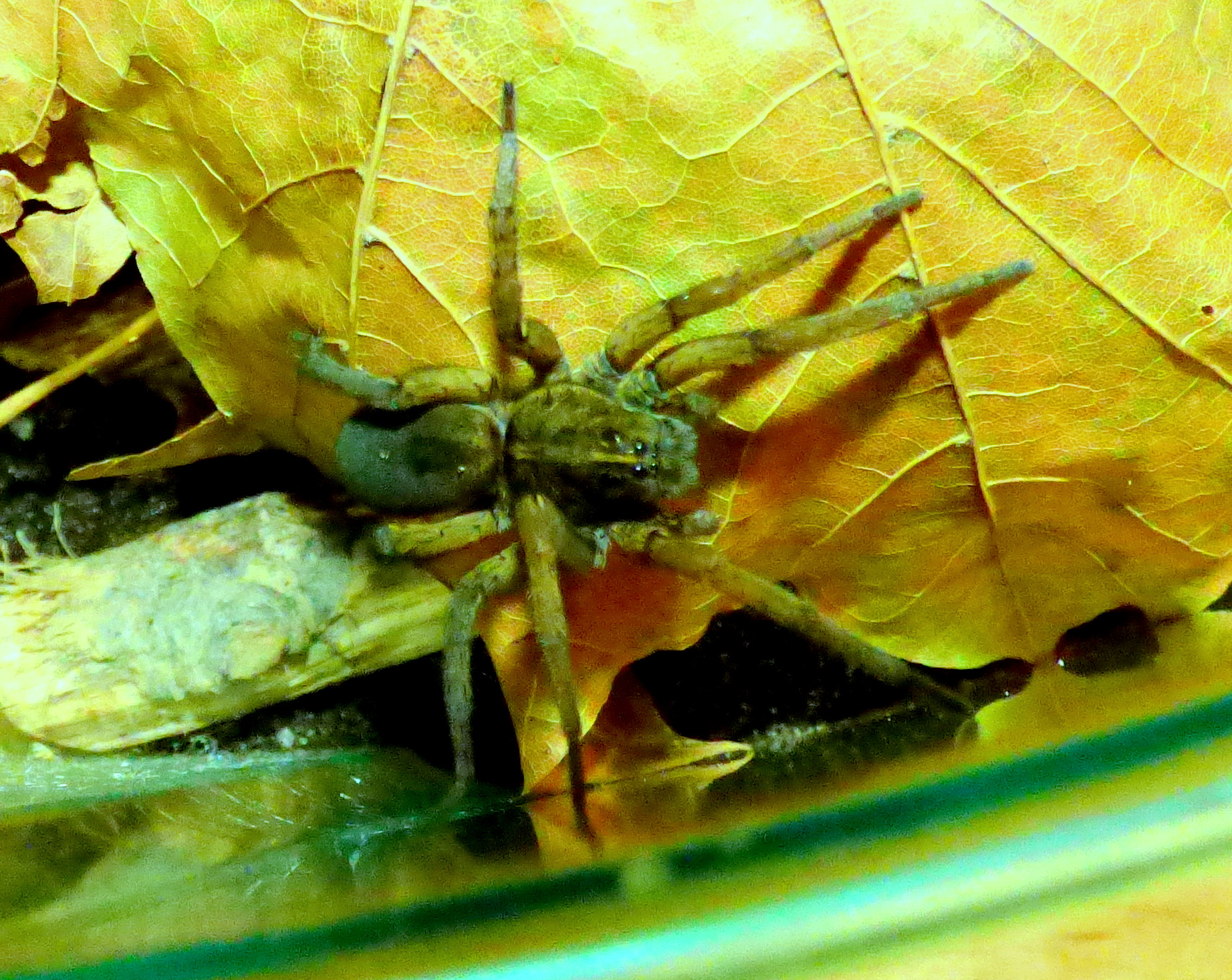At Morning Meeting today we were discussing the upcoming change in weather. For those of you not in our locale, it is 56 degrees here today with rain. Tonight, this will change drastically. We are expecting up to a tenth of an inch of ice this evening with 3-6 inches of snow tomorrow and a high of around 17. I posited the question, “Where does the ice come from?” (They weren’t too keen on my idea that the ice came from trays in the sky.)
When they decided that it came from the sky and the rain, I wondered where the rain came from. One of the children offered that it happened because of the water cycle. She then explained to us that the water cycle meant that the water on the ground evaporated, went up into the sky, made clouds, and then fell back to earth. We tried to find an explanation of “evaporate” and only came up with “you need to have something yellow, like the sun” to make it happen. Finally, another child explained that the sun made the water hot and turned it into vapor. The vapor then goes up to become the clouds and the water vapor parts bonk into each other and get heavier, making it rain. (I still think my idea that there is a big watering can sprinkling water on the Earth is more interesting.)
Then I began to wonder where the snow came from. It took a bit of thinking, but it was finally decided that when it is cold, the water “melts” and turns into ice which turns into snow. I foresee some experiments in our future.


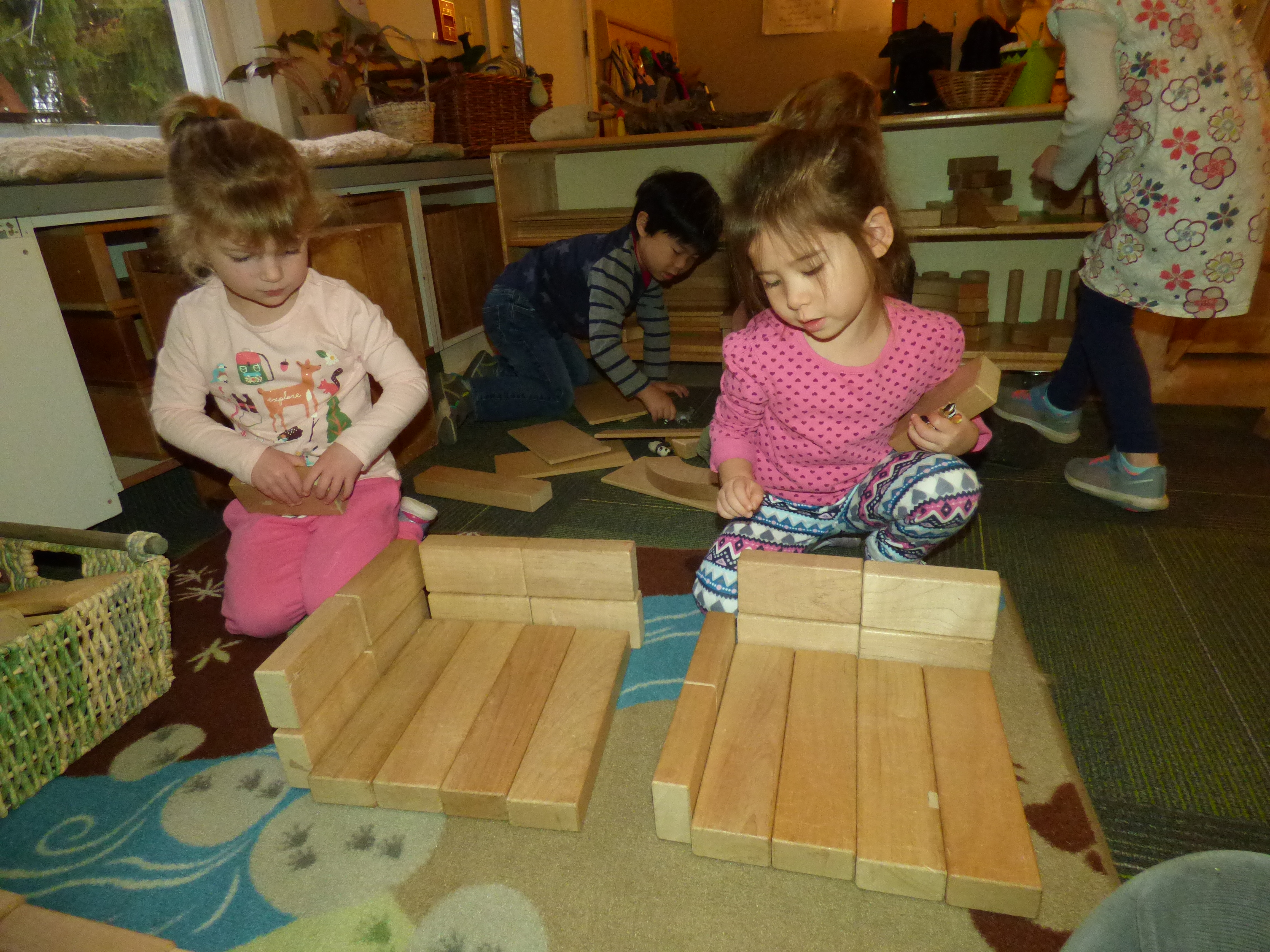
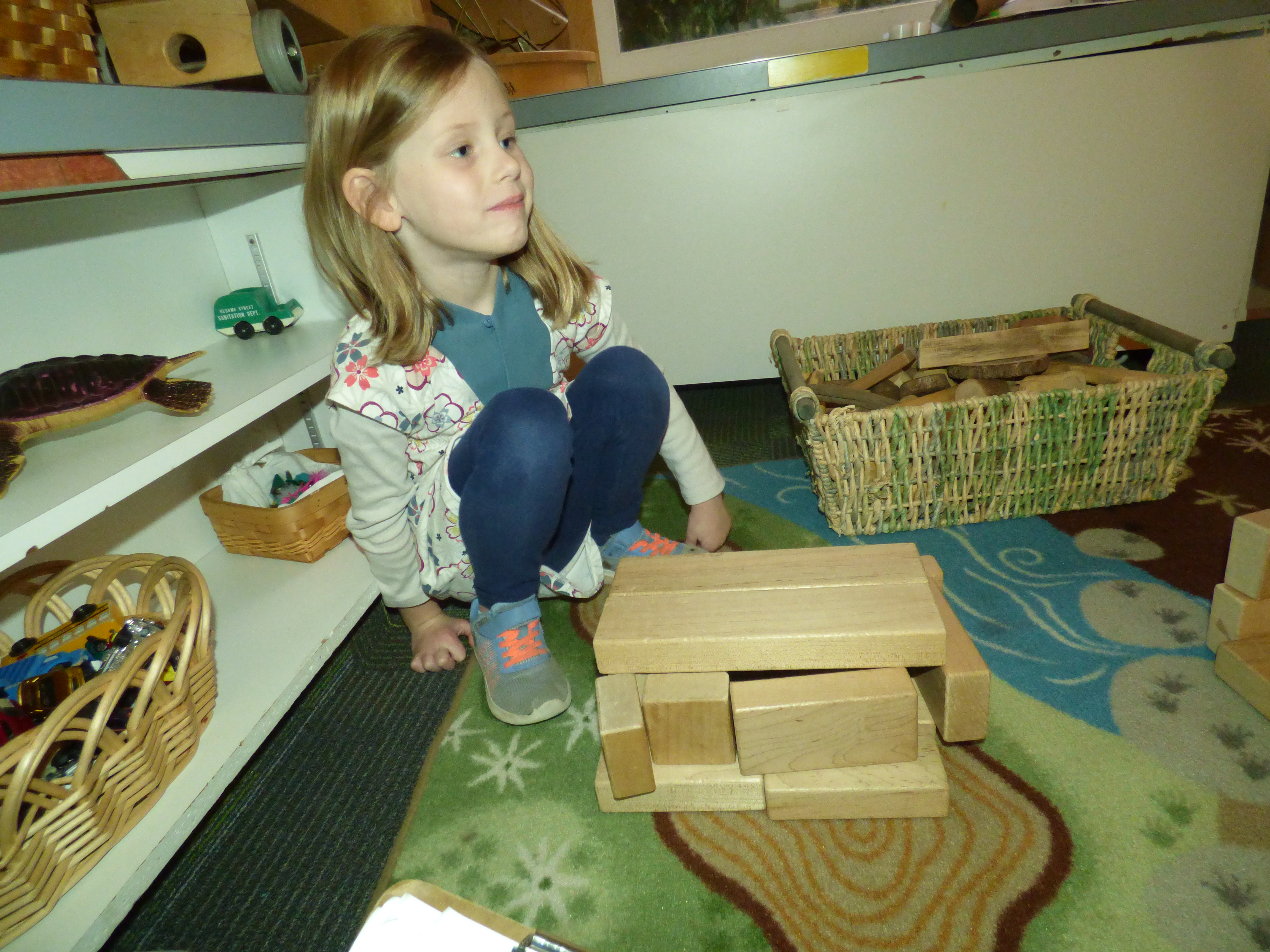




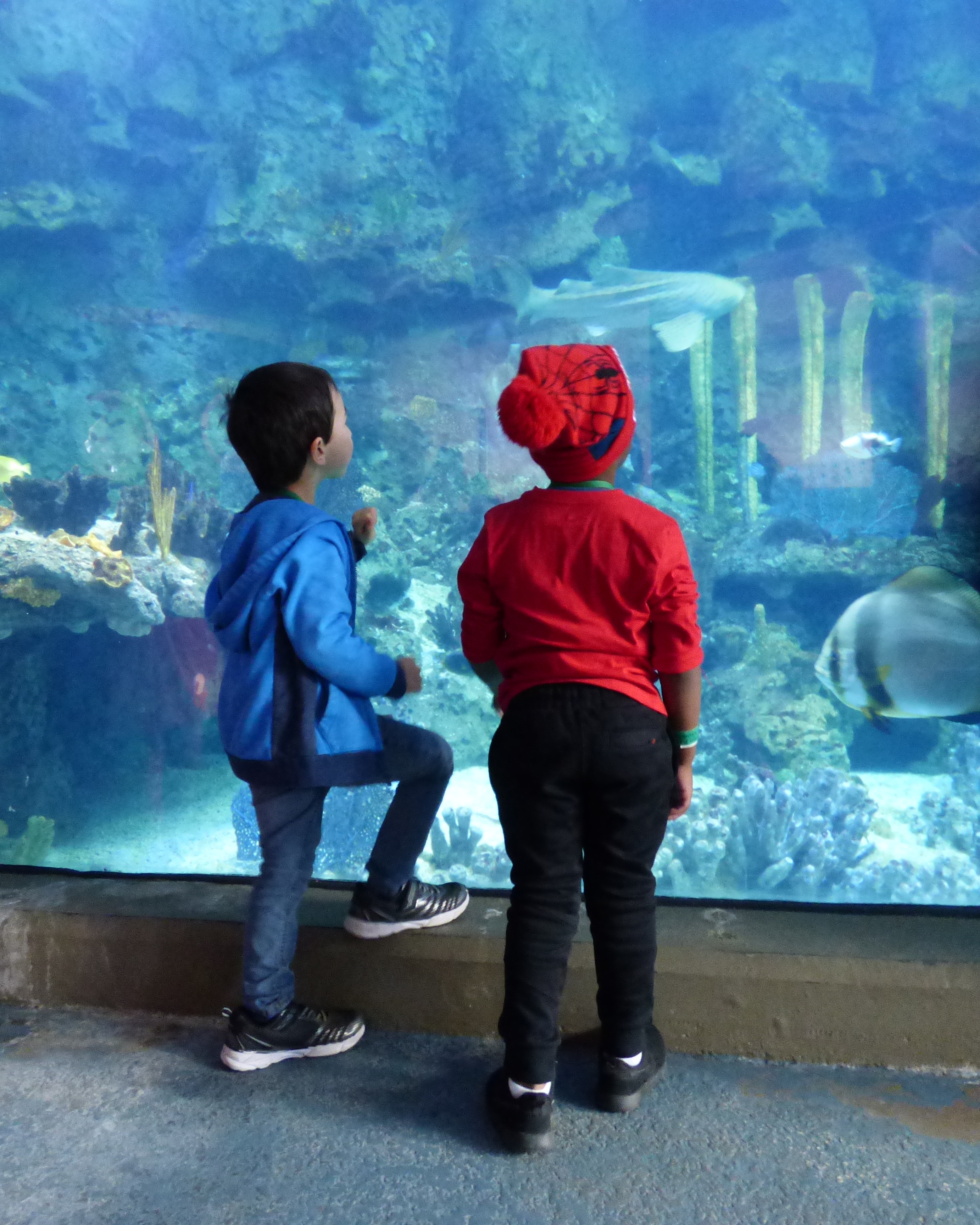 Our trip to the aquarium today went quite well. The sea life we most wanted to see was up and about, wiggling and swimming for all to view. The almost unanimous favorite? Drum roll, please…….
Our trip to the aquarium today went quite well. The sea life we most wanted to see was up and about, wiggling and swimming for all to view. The almost unanimous favorite? Drum roll, please…….

